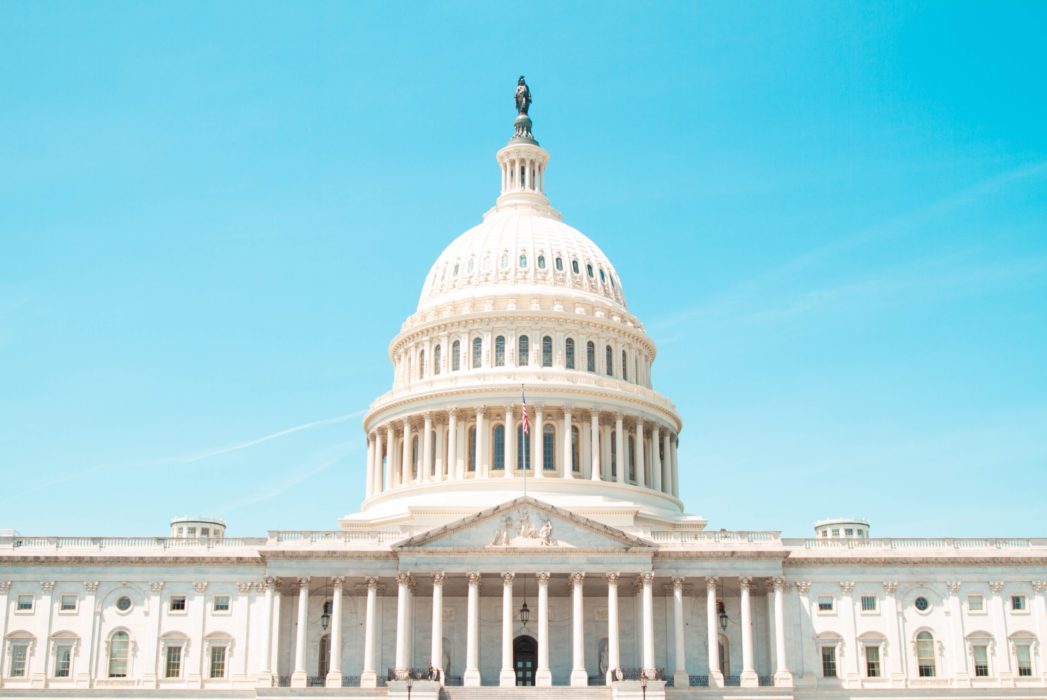
Late Friday, May 22, the U.S. Small Business Administration and Department of the Treasury released guidance for loan forgiveness under the Paycheck Protection Program (PPP). This guidance follows up on the application which was released one week prior, on May 16, and includes guidance on forgiveness rules as well as how lenders should process the loan forgiveness applications.
Unfortunately, the new guidance released failed to address some of the most problematic issues under PPP, namely the eight-week cap on when funds can be used to qualify for forgiveness. It also underscored the 75/25 rule whereby payroll costs—including health insurance and retirement contributions—must account for no less than 75% of the total loan forgiveness amount.
Furthermore, whether through willful or accidental oversight, the guidance appears to limit forgiveness for compensation paid to owner employees and self-employed individuals to a greater degree than for non-owner employees. The guidance states that compensation for self-employed cannot exceed the lesser of (1) 15,385, or (2) 8/52nds of their 2019 compensation. The rules also don’t address pass-through entities who either weren’t in business for all of 2019, or who had limited earnings in 2019.
The guidance does provide clarity to the “alternative payroll covered period” in the application which allows borrowers’ to align their eight-week period with their regular payroll cycles. It also stipulates that bonuses and “hazard pay” can be included as a legitimate payroll cost when it comes to forgiveness provided it doesn’t push an employee’s total annual salary (pro-rated) above the cap of $100,000.
To receive full forgiveness, employers must also calculate their full-time equivalent (FTE) positions to show that they have either maintained or re-hired workers. The rules stipulate that a borrower can exclude from the forgiveness reduction calculation any employee that has opted NOT to come back to work provided the employer provided a written offer to rehire the employee at the same salary/hours prior to the pandemic; the employee rejected the offer and the borrower has maintained all records of this communication; and the borrower informed their state’s unemployment insurance of the rejection for employment within 30 days.
The guidance also states that, in terms of the FTE reduction calculation, an employer does NOT have include any employee who was “fired for cause, voluntarily resigns, or voluntarily requests a schedule reduction.”
Because banks are charged with accepting or denying forgiveness applications, guidance also was released directing their responsibilities and role throughout the process. According to the guidance, banks must issue decisions on borrowers’ forgiveness applications within 60 days, and SBA reserved the right to review individual applications on an as-needed basis.
Further guidance is expected which will outline the process for appealing an SBA or lender decision that deems a borrower is ineligible for forgiveness.
In the Senate, bipartisan legislation has been crafted by Sens. Marco Rubio (R-Fla.), Ben Cardin (D-Md.), Susan Collins (R-Maine) and Jeanne Shaheen (D-N.H.) to address some of the biggest issues of the PPP loans and forgiveness provisions, specifically the eight-week limit. The Senate is out for its Memorial Day recess and won’t be back in session until June, while the House is set to vote sometime this week on similar legislation which also includes flexibility for the 75/25 payroll forgiveness rule.
While the new guidance does provide additional information, much of what was provided was alluded to on the application which was released on May 16.